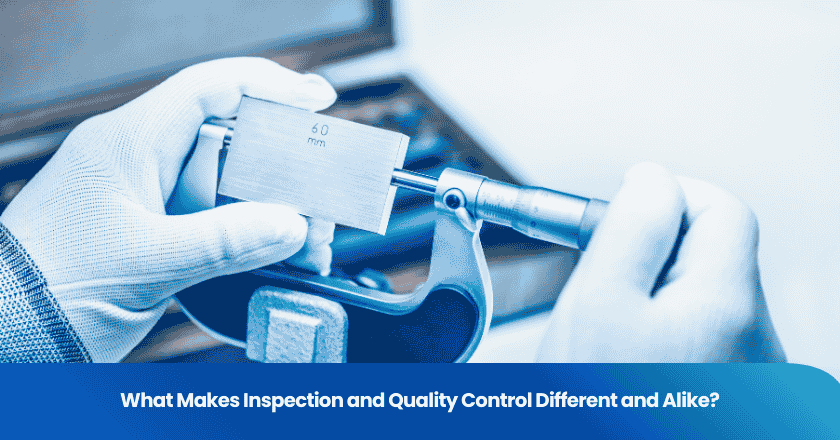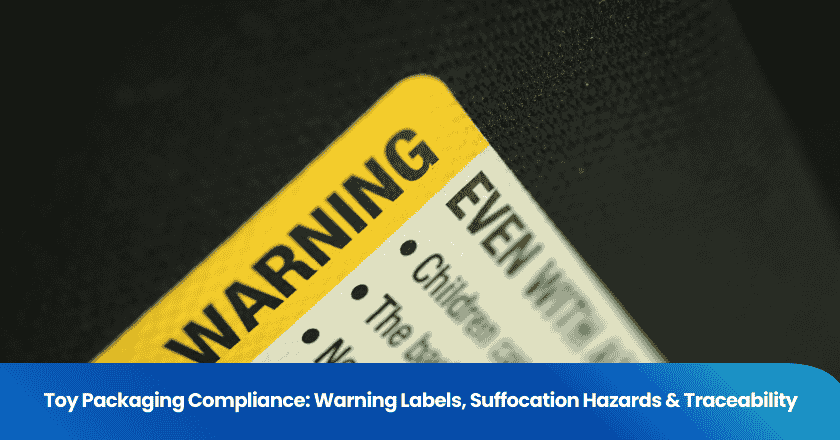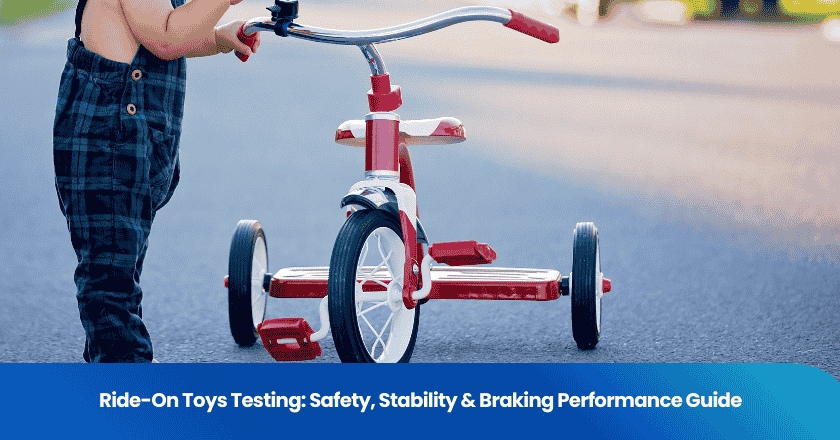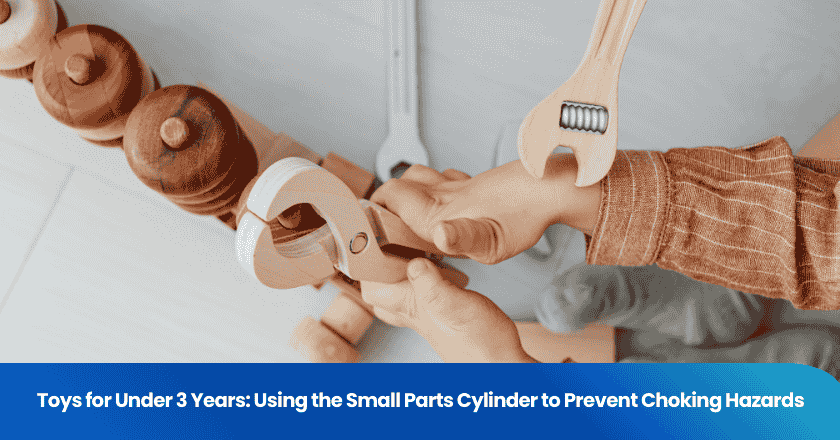
Have you ever wondered why some products pass inspection yet still fail to meet your expectations? The main difference between inspection and quality control lies in their focus: inspection checks products at specific stages, while quality control manages the entire process to prevent defects. Both aim for high quality and reliability. In manufacturing, 35% of firms are projected to use AI for quality inspection and control in 2026, reflecting a shift toward advanced practices. Understanding these concepts helps you ensure your operations meet both industry standards and customer demands.
Key Takeaways
- Inspection checks products at specific stages to ensure quality and meet customer requirements.
- Quality control manages the entire production process to prevent defects and improve overall quality.
- Both inspection and quality control aim to enhance customer satisfaction by delivering high-quality products.
- Using digital tools for inspection can significantly reduce time and improve accuracy in recording results.
- Regular training and clear communication of standards are essential for effective quality management.
Key Differences
Inspection: Definition & Purpose
Inspection plays a vital role in maintaining quality throughout your operations. You use inspection to check products or processes at specific stages. This approach helps you ensure consistent product quality and meet customer requirements. By conducting inspection at every production stage, you minimize product failure and save time and resources. Inspection and quality control work together, but inspection focuses on identifying defects or issues before products reach customers.
- Inspections ensure consistent product quality.
- They help meet customer requirements.
- Conducting inspections at every production stage minimizes product failure.
- Inspections save time and resources by reducing the need for product recalls.
Inspection relies on methods such as visual checks, measurements, and testing. You use these techniques to identify defects and confirm that products meet quality standards.
Quality Control: Definition & Purpose
Quality control forms the backbone of quality management in your organization. According to ISO 9000, quality control is a part of quality management focused on fulfilling quality requirements. Inspection is a major component of quality control, involving the examination of products for defects. You use quality control to maintain product quality, minimize waste, and ensure customer satisfaction. Strong quality control measures lead to high-quality products that meet expectations and reduce costs associated with product defects.
| Term | Definition |
|---|---|
| Quality Control | A part of quality management focused on fulfilling quality requirements. |
| Inspection | A major component of quality control that involves examining products for defects. |
Quality control applies to both manufacturing and service industries. In manufacturing, you focus on maintaining product quality and minimizing waste. In service industries, you ensure that services meet customer needs and expectations. Effective qc and qi systems help you deliver reliable results and enhance customer satisfaction.
Process & Timing
You implement inspection and quality control at different stages of production. Inspection occurs at multiple points, including raw material arrival, critical production steps, post-assembly, pre-packaging, and final product checks. Quality control covers the entire process, from planning to final delivery. You use inspection to identify defects or issues during and after production, while quality control aims to prevent defects through proactive management.
| Stage of Production | Description |
|---|---|
| Raw Material Inspection | Materials are checked for quality and compliance upon arrival. |
| During Critical Production | Inspections occur before and after significant transformations or additions. |
| Post-Assembly Inspection | A detailed check is performed to ensure correct assembly and functionality. |
| Pre-Packaging Inspection | Ensures products meet quality standards before packaging. |
| Final Product Inspection | Conducted before shipping to confirm all quality and functional requirements. |
| Aspect | Quality Assurance (QA) | Quality Control (QC) |
|---|---|---|
| Timing | Before and during production | During and after production |
| Focus | Preventing defects through procedures | Identifying defects in finished products |
| Approach | Proactive, process-oriented | Reactive, product-oriented |
You use inspection to catch issues early, while quality control provides a broader framework for managing quality throughout the workflow.
Roles & Responsibilities
You assign specific roles for inspection and quality control within your organization. Quality control inspectors examine, test, and assess products to ensure they meet established quality standards. These professionals focus on quality inspection and testing to identify defects. Quality managers oversee the entire quality management system, ensuring that quality standards are consistently upheld. They support quality control, assurance, and continuous improvement.
Quality managers require strong attention to detail, analytical thinking, problem-solving abilities, and effective communication skills. Familiarity with quality standards such as ISO 9001 and Six Sigma is essential. You may also need certifications like Certified Quality Inspector (CQI), Certified Welding Inspector (CWI), or Nondestructive Testing Certifications for specialized roles.
| Qualification/Certification | Description |
|---|---|
| High School Diploma | Minimum requirement for entry-level positions. |
| Technical Diploma | Preferred by many employers. |
| Associate Degree | Beneficial in engineering or related fields. |
| Bachelor’s Degree | Often preferred for advanced positions. |
| Certified Quality Inspector (CQI) | Offered by ASQ to enhance job prospects. |
| Certified Welding Inspector (CWI) | Offered by AWS for specialized roles. |
| Nondestructive Testing Certifications | Various levels available for different methods. |
Tip: You can strengthen your quality management system by investing in training and certification for your team. This ensures effective qc and qi systems and helps you maintain high standards.
Key Similarities in Quality
Shared Goals
You will find that inspection and quality control share several important goals in your quality management system. Both processes aim to prevent defects, ensure compliance with specifications, and maintain customer satisfaction. You use these approaches to identify issues early, reduce risks, and protect your organization’s reputation. By focusing on these shared objectives, you help deliver high quality products and services that meet or exceed expectations. These efforts support your commitment to quality standards and reinforce your dedication to continuous improvement.
Methods & Tools
You rely on a range of methods and tools in both inspection and quality control. These approaches help you maintain quality and catch defects or issues before they reach your customers. Common methods include:
- Visual inspection to spot obvious defects.
- Dimensional inspection to measure physical attributes.
- Functional testing to confirm that products work as intended.
- Sampling techniques, such as acceptance sampling and random sampling, to assess batches.
- Root cause analysis to identify underlying problems that lead to product defects.
- Destructive testing to understand product limits.
You also use advanced technologies to support your quality inspection and control activities:
- Digital verification and automated quality inspection.
- Machine vision systems and robotics.
- Artificial intelligence and machine learning techniques.
- Computer vision technology.
These tools help you achieve high quality and consistent results across your operations.
Impact on Quality
Inspection and quality control have a measurable impact on product quality and your organization’s success. You can track key performance indicators (KPIs) to see these effects:
| Quality KPI | Impact on Defects and Quality |
|---|---|
| Audit Compliance Rate | Ensures compliance with regulations, reducing risks and preparing for audits confidently. |
| First Pass Yield (FPY) | Identifies inefficiencies, reducing rework and scrap, thus minimizing defects. |
| Customer Complaint Resolution Time | Directly influences customer loyalty by addressing issues swiftly, improving overall product quality. |
| Defect Rate | Monitoring this KPI helps in reducing costs associated with defects and non-compliance, enhancing profitability. |
You maintain uniform product quality and standards by using effective qc and qi systems. Early detection of issues prevents costly recalls and waste. Your efforts help meet customer expectations, drive continuous improvement, and build trust in your products.
Inspection and Quality Control: Practical Comparison
When to Use Each
You often face the decision of whether to rely on inspection or quality control for your processes. Inspection and quality control serve different purposes, and you should choose based on your goals and the nature of your operations. Inspection works best when you need to check physical attributes or conduct final inspection at specific points in production. You use inspection to identify defects or issues before products reach customers. Quality control, on the other hand, helps you prevent defects by monitoring and directing processes throughout the entire manufacturing lifecycle. You apply quality control when you want to maintain high quality standards and improve product quality from start to finish.
Here is a comparison to guide your decision:
| Aspect | Inspection | Quality Control |
|---|---|---|
| Approach | Reactive: Did this item pass or fail? | Proactive: How do we prevent failure? |
| Role | Detects defects | Directs processes to improve quality |
| Timing | Specific points in production | Throughout the entire manufacturing lifecycle |
You should use inspection for final product inspections, frequent quality inspection, and when you need to check compliance with standards. Quality control fits best when you want to prevent defects, improve manufacturing quality, and ensure effective qc and qi systems.
Real-World Scenarios
You see inspection and quality control applied across many industries. In manufacturing, you use Lean and Six Sigma methods to maintain product quality and prevent defects. The food industry relies on frequent testing and sampling to ensure high quality and safety. Healthcare professionals use quality inspection to confirm equipment functionality and cleanliness. Construction teams perform final inspection to meet safety and regulatory standards. Oil and gas companies depend on strict inspections and compliance with ISO standards.
You can also find these approaches in automotive, electronics, pharmaceuticals, food and beverage, and aerospace sectors. Each industry uses quality inspection and control to monitor product quality, identify defects, and maintain quality management. By choosing the right approach, you help your organization achieve high quality and meet customer expectations.
Tip: You can strengthen your quality management by combining inspection and quality control. Use inspection to catch issues early and quality control to prevent defects and drive continuous improvement.
Quality Inspection in Practice
Recording Results
You play a crucial role in maintaining quality by recording inspection results accurately and consistently. When you document findings, you ensure traceability and accountability throughout the quality inspection process. You should follow best practices to keep records reliable and compliant with industry standards.
| Best Practice | Description |
|---|---|
| Documentation Consistency | Use a consistent format with headers, footers, and approval signatures for every record. |
| Version Control | Assign version numbers, maintain revision history, and review updates regularly. |
| Accurate Record Keeping | Complete records promptly, require signatures, and store them securely. |
| Regulatory Compliance | Stay familiar with industry requirements and conduct regular audits. |
| Use of Digital Systems | Implement digital tools for automated version control and real-time updates. |
Switching to digital inspection tools can transform your workflow. You reduce inspection time by up to 80% and improve data accuracy. Modern systems allow you to document results directly at the work site, which eliminates paper shuffling and speeds up verification. You experience fewer errors and faster approvals, which helps you meet compliance requirements. Digital solutions also offer centralized, cloud-based storage, making records easy to access and manage.
Tip: Use digital methods to standardize your quality inspection records and improve efficiency. You will find it easier to track issues and resolve defects quickly.
Ensuring Standards
You must ensure that every inspection aligns with established quality standards. Begin by understanding the regulations that apply to your industry. Develop effective compliance strategies and conduct regular internal audits to assess adherence. Robust documentation and record-keeping practices support your efforts. You should also train employees to recognize and follow regulatory requirements.
To verify that inspection outcomes meet quality standards, you need clear communication and measurable criteria. Set minimum requirements for products to pass inspection. Define precise specifications, including measurements and tolerances. Decide whether to inspect every item or use sampling methods. Implement a consistent methodology for quality control testing. Create a process for reporting defects and communicating issues efficiently.
- Understand specific regulations for your industry.
- Conduct regular audits and maintain strong documentation.
- Train your team to ensure awareness of standards.
- Communicate requirements and inspection criteria clearly.
- Report findings quickly to resolve problems.
Quality inspection involves checking, measuring, or testing product characteristics against specific requirements. An effective quality control solution streamlines these processes and provides a unified view of inspection criteria and results. You help your organization maintain high quality and prevent issues before they reach customers.
You now see that inspection and quality control differ in approach and timing, but both support your commitment to quality. Inspection checks products after production, while quality control manages the process to prevent defects.
| Aspect | Inspection | Quality Control |
|---|---|---|
| Approach | Reactive | Proactive |
| Focus | Final product | Production process |
To choose the right method, assess your product type, production volume, and compliance needs. Align your strategy with your goals for effective control and lasting quality.
FAQ
What is the main purpose of inspection and quality control?
You use inspection and quality control to ensure product quality and meet quality standards. Inspection checks products at specific stages. Quality control manages the entire process. Both help you identify defects or issues and prevent defects from reaching customers.
How do you choose between inspection and quality control?
You select inspection when you need to check product quality at certain points, such as during final inspection. You use quality control to monitor and improve manufacturing quality throughout production. Your choice depends on your goals and the type of issues you want to address.
What methods help you identify defects in products?
You rely on visual checks, measurements, and testing to identify defects. Sampling and root cause analysis also support your efforts. These methods help you maintain high quality and meet quality standards in your quality management system.
Why is recording inspection results important?
You record inspection results to track product quality, monitor compliance with standards, and resolve issues quickly. Accurate records support effective qc and qi systems. They help you prevent defects and improve quality management.
How do inspection and quality control impact manufacturing quality?
You improve manufacturing quality by using inspection and quality control together. Inspection helps you catch product defects early. Quality control prevents defects by monitoring processes. Both approaches support high quality and consistent results.
Grow your business with TradeAider Service
Click the button below to directly enter the TradeAider Service System. The simple steps from booking and payment to receiving reports are easy to operate.



